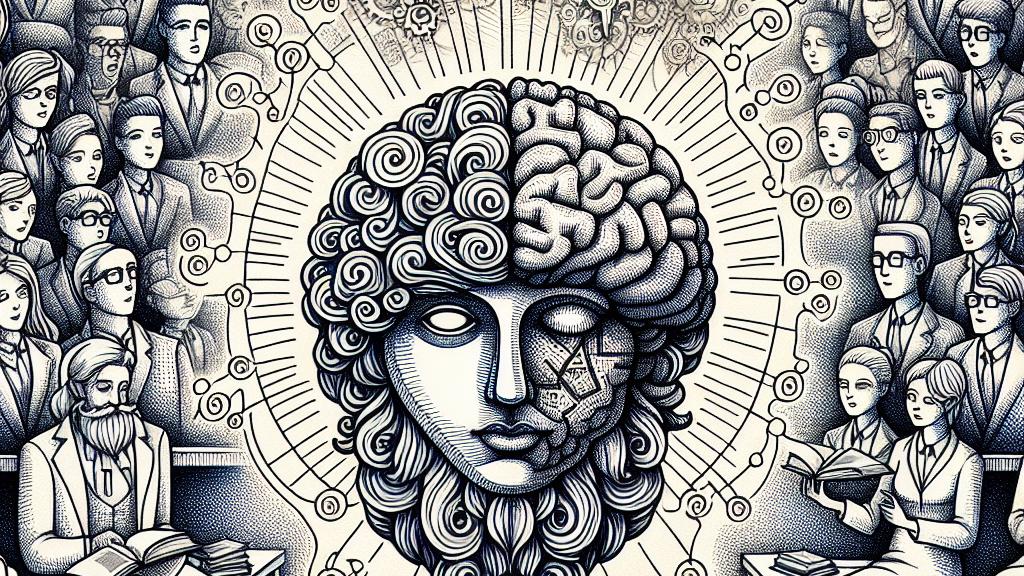Exploring Viewer Perceptions on Character Representation and Stereotypes
Overview
- Insightful study reveals biases in viewing brilliant characters, shaped by race and gender.
- Significant number of Black Americans express frustration over negative media portrayals.
- Creative characterization techniques can effectively combat stereotypes and enrich narratives.

A Study Unveiling Viewer Biases
A recent and eye-opening study from the University of Illinois sheds light on viewer biases, highlighting how race and gender can skew perceptions of brilliance in characters. Participants viewed clips from various media and were quick to assert that brilliant white male characters were more credible than their Black or female counterparts. Take the film 'Hidden Figures,' which beautifully portrays the lives of Black women mathematicians who played crucial roles in NASA's space program. Yet, some viewers still found it hard to believe in their intelligence, revealing a troubling societal bias. Such findings underscore the persistent stereotypes that can limit the representation of diverse characters, ultimately narrowing our understanding of who can be considered brilliant.
Concerns Among Black Americans in Media
Simultaneously, a gripping study by the Pew Research Center highlights the pervasive dissatisfaction among Black Americans regarding their representation in the media. An astonishing 80% reported seeing negative or racist portrayals, suggesting a media landscape that often portrays them as either victims or criminals, devoid of nuance. Consider the fact that these depictions fail to capture the vibrant diversity of Black life and culture, leaving audiences with a skewed perception. Experts like Charles Whitaker argue that this lack of depth contributes to lingering stereotypes. The message is clear: to cultivate empathy and understanding, media must do more than scratch the surface and strive to present the rich tapestry of Black experiences in a multifaceted manner.
Dynamic Characterization Techniques
At the core of compelling narratives lies the art of characterization—a powerful tool for challenging existing stereotypes. Authors can employ various methods, including actions, dialogue, and even evocative names, to bring characters to life. Imagine a story featuring a groundbreaking Black scientist, whose vibrant dialogue and relatable experiences provide readers with a glimpse into the discrimination she faces alongside her triumphs. Such rich characterization not only dismantles common stereotypes but also fosters a much-needed connection with audiences. Moreover, using vivid imagery and a mix of short and long sentences can make narratives more engaging and relatable. Ultimately, thoughtful characterization serves as a bridge, inviting readers to explore the diverse human experience and inspiring a deeper connection to others.

Loading...